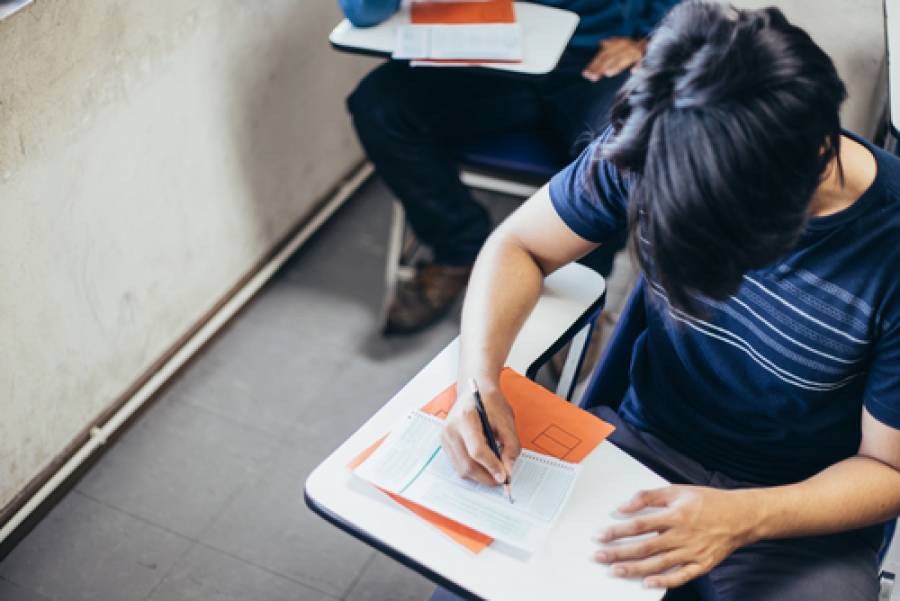What are the most important skills students learn in school today? While there are plenty of key capabilities that students need in terms of math and literacy, for older students, evaluating news sources represents a vital critical thinking skill that will serve them into their adult lives. A major challenge in this regard, though, is that many adults don’t agree about how to evaluate news sources themselves. It makes it hard to teach students anything at all.
Whatever debates remain about evaluating news sources, there are at least a few key things every student should know about evaluating news sources. Particularly with more students taking online courses, they need to learn to navigate digital media with skill.
Reading Headlines For Bias
One of the best places to start when teaching students to interpret news sources is by looking at headlines. Headlines are a brief statement of an article’s argument, so what it says holds outsized meaning compared to other parts of the article. Students should learn to ask questions about headlines, such as whose perspective is represented in the headline, and what kind of authority the headline is asserting.
Students can practice reading headlines on news sites and should look at different sites to see how they present the same issues. This is one of the easiest ways to see what type of bias different sources have, what sources agree about the issues, and which are in conflict.
Know Your Sources
Researchers know that they can use peer-reviewed journal articles as sources when they want to understand a topic. What sources can students use when they want to understand the news? This is a source of debate, even among teachers who are concerned about appearing biased. However, there are at least a few sources that are generally viewed as reliable, like the New York Times, referred to as the paper of record, or public sources like NPR. From there, other sources tend to become more contentious, but students need to be introduced to different sources they can trust, as well as specifically taught about sources they cannot trust, and why.
Primary Versus Secondary
Another key skill that students need to learn in regards to evaluating news sources is what articles are primary sources and what constitutes a secondary source, and what articles are original productions and which stem from a source like the Associated Press. Newspapers are primary sources, but many propaganda and hoax purveyors present themselves as valid sources. Though students are regularly exposed to this type of content, along with content posted with clickbait-style titles, they may not know how to characterize these texts.
Teaching With The News
Ultimately, the best way for students to learn to evaluate news sources is for teachers to use those sources in the classroom. This is important because students are familiar with evaluating historical news sources, which are frequently used in history classes, but can struggle to perform the same type of analysis on contemporary articles. As with any other skill, though, the more they practice this type of literacy, the better they will become at it.
Reading the news sounds like a simple activity and is often portrayed as such, but it’s actually high stakes and informs our interactions with each other and the world. The earlier students are exposed to different sources and taught how to navigate both legitimate and questionable sources, though, the better prepared they will be to act as citizens in their communities and the larger society.





